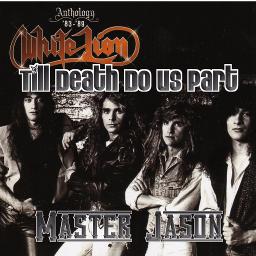

A year and a half later, on July 8, 2010, Mehserle was convicted of involuntary manslaughter, not second-degree murder, which prompted yet more protests in the city of Oakland. Organizers used Twitter, a fledgling platform at the time, to inform community members when and where to meet for the first protest of Grant’s death on January 7, 2009.

The shooting of Grant motivated spontaneous protests as people in the Oakland area took to the streets to express their outrage.Įighteen years after the police beating of Rodney King, cell-phone videos of the fatal shooting of Oscar Grant spurred a renewed public debate about police brutality and racism, but with user-generated YouTube content that went viral without requiring the attention or the mediation of traditional news outlets. These videos were viewed 500,000 times in the four days following the shooting, and once KTVU posted the video on its website, it averaged more than a thousand views an hour. Eighteen years later the cell-phone videos of Mehserle fatally shooting Oscar Grant spurred a renewed public debate about police brutality and racism, but with user-generated YouTube content that went viral without requiring the attention or the mediation of traditional news outlets.

The public debate over what these events in Los Angeles meant about race, policing, and journalism in America consumed not only mainstream media at the time but the Black press and other counterpublic outlets as well. Despite this evidence, the acquittal of these officers in a suburban court a year later sparked the 1992 L.A. The citizen-recorded video footage of the defenseless King being brutally beaten by four white LAPD officers spread quickly through national and international television broadcasts after being sent to local news station KTLA. Racial justice activists in Oakland and beyond quickly linked the murder of Grant to the 1991 police beating of Rodney King, which was also captured on video by a witness, who in that case filmed with a trendy-for-the-time 8mm Sony Handycam. This article is excerpted from the book “ #HashtagActivism: Networks of Race and Gender Justice.”

Some witnesses reported the police attempted to confiscate their phones and footage of the incident, which led to more protests on- and offline. The videos shot by bystanders would prove important to the case, particularly because of the discrepancies between the officers’ accounts of what happened and that of other witnesses. One person anonymously submitted footage to local television station KTVU, which broadcast the unedited video and later posted it to YouTube. Grant died of his injuries seven hours later.Ī number of bystanders recorded the killing on their cell phones. Grant had no weapon and was already subdued when Mehserle pulled his service weapon and fired. One of the first and most visible instances of the shift to digital- and social media–based racial justice organizing followed the 2009 murder of Oscar Grant by Bay Area Rapid Transit (BART) police officer Johannes Mehserle Grant, a 22-year-old Black father on his way home from celebrating New Year’s Eve with friends, was shot in the back by Mehserle in the early morning hours of January 1, 2009, after BART police responded to calls of a fight on the train. While those invested in issues of racial justice have always deployed media strategies to produce counternarratives opposing white supremacist logic, the advent of Twitter has significantly changed the ways in which ordinary people and activists do their work. This article is excerpted from “# HashtagActivism: Networks of Race and Gender Justice,” which is freely available via open access.


 0 kommentar(er)
0 kommentar(er)
